-
Welcome to Tacoma World!
You are currently viewing as a guest! To get full-access, you need to register for a FREE account.
As a registered member, you’ll be able to:- Participate in all Tacoma discussion topics
- Communicate privately with other Tacoma owners from around the world
- Post your own photos in our Members Gallery
- Access all special features of the site
J0hnny Ray's "OEM" Lighting Upgrade
Discussion in '1st Gen. Tacomas (1995-2004)' started by J0hnnyRay, Feb 5, 2022.


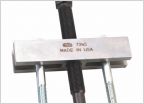 Crank pulley wont pull off
Crank pulley wont pull off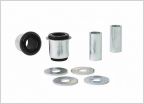 Need old lower control arm bushing's
Need old lower control arm bushing's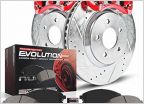 Best brand of brakes for Tundra brake upgrade
Best brand of brakes for Tundra brake upgrade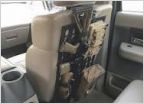 Ogfab molle panel users?
Ogfab molle panel users?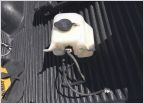 Wiper fluid Res
Wiper fluid Res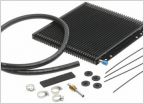 Aftermarket Replacement Grilles?
Aftermarket Replacement Grilles?




